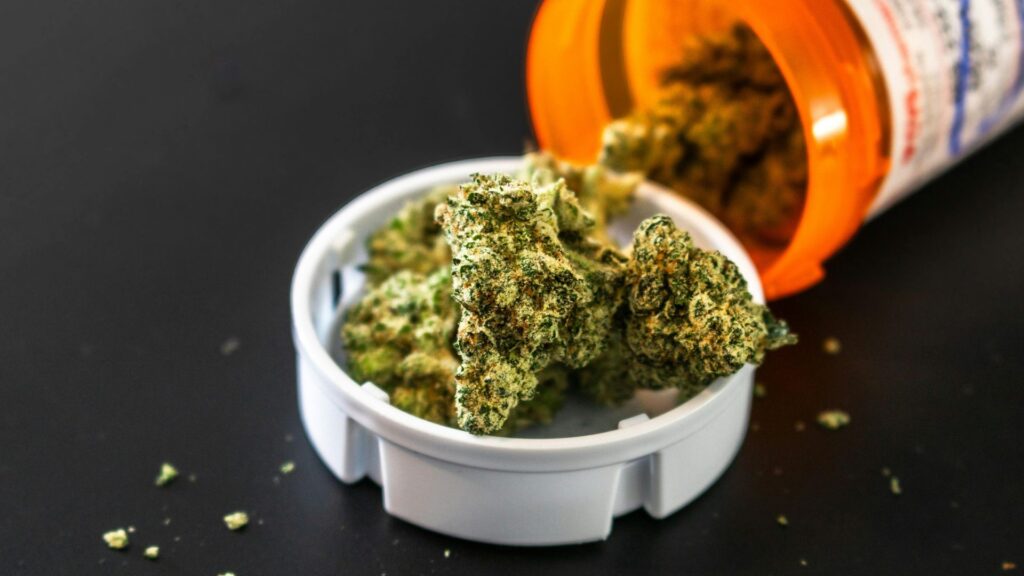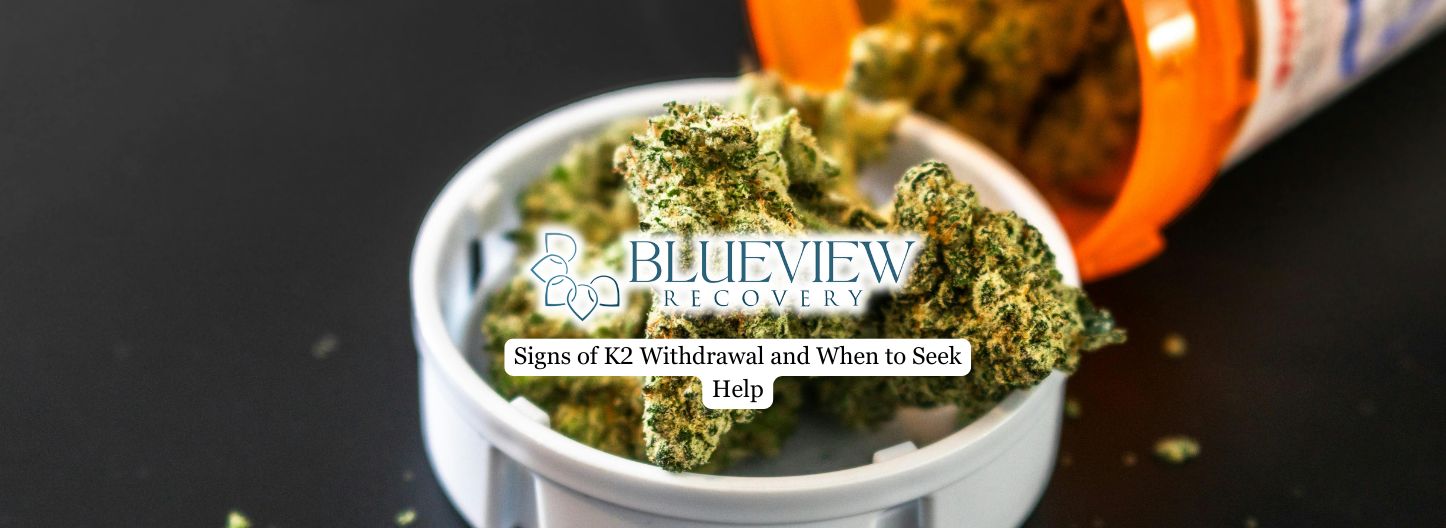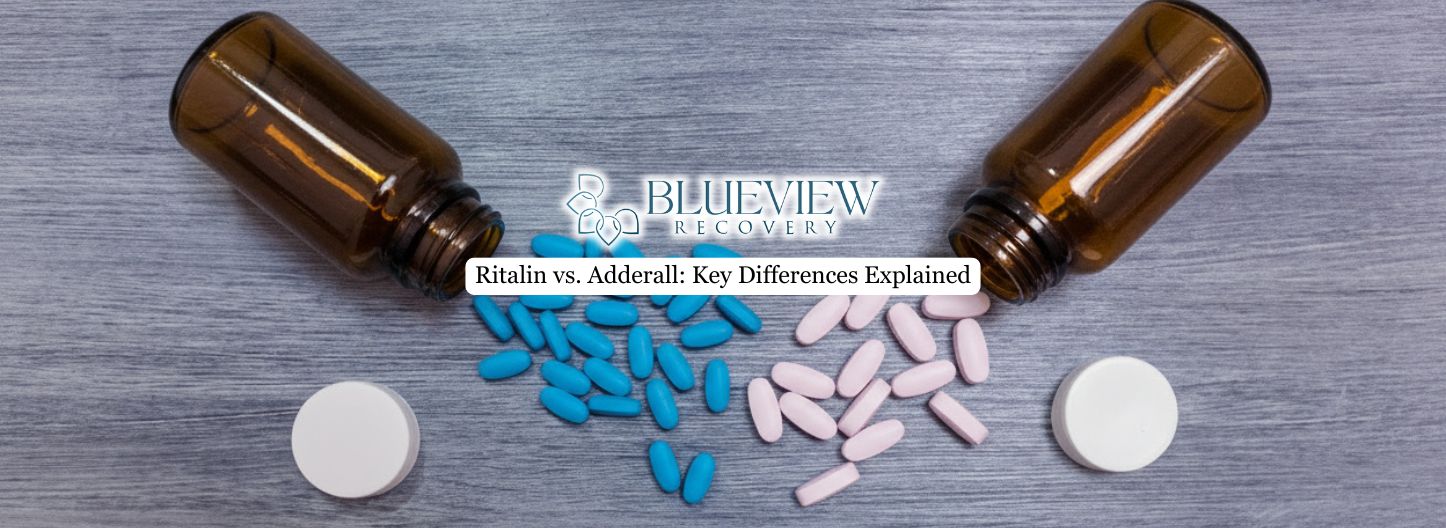K2, also known as Spice, is a synthetic cannabinoid designed to mimic tetrahydrocannabinol (THC), the primary psychoactive compound in cannabis. However, unlike natural marijuana, Spice is made from plant material coated with lab-produced chemicals that bind powerfully to brain receptors, often producing intense and unpredictable effects.
Because of its high potency, users can quickly develop dependence, making cessation a difficult and potentially dangerous process. This article helps you recognize the signs of K2 withdrawal early, as it is essential for ensuring safety and beginning effective addiction treatment.

What Is K2 Withdrawal?
Withdrawal occurs when the body and brain react to the absence of a substance after becoming accustomed to its effects. In the case of K2, synthetic cannabinoids overstimulate the endocannabinoid system, which is responsible for regulating mood, sleep, and stress response. When use stops, the brain struggles to restore balance, leading to a range of symptoms.
Spice withdrawal differs from natural cannabis cessation because the synthetic compounds are significantly more potent and variable in composition. Many Spice formulations bind more tightly to cannabinoid receptors than THC, which can cause more severe and unpredictable reactions. The duration and intensity of these symptoms can also vary depending on the specific compound, frequency of use, and individual health factors.
The K2 addiction treatment program in Philadelphia that we offer at Blueview Recovery provides comprehensive support for individuals experiencing these symptoms, offering medical supervision and therapeutic care to promote safe and lasting recovery.
Common Signs and Symptoms of K2 Withdrawal
Psychological
The cognitive and emotional effects of stopping Spice use can be intense and distressing. Common symptoms include anxiety, irritability, mood swings, and strong cravings to use the drug again. Many individuals report feelings of restlessness or emotional instability, along with sleep disturbances such as vivid nightmares.
In more severe cases, cessation can trigger paranoia, hallucinations, and even psychosis, marked by disorganized thinking, delusional beliefs, or a loss of touch with reality. These symptoms often require prompt medical attention and professional intervention. Depression is also common, particularly when withdrawal disrupts dopamine regulation, leading to a temporary decline in motivation, focus, and overall emotional stability.
Physical
Many users experience headaches, nausea, vomiting, and loss of appetite. Sweating, tremors, dizziness, and muscle aches may also occur as the body attempts to adjust.
Some individuals develop cardiovascular symptoms such as rapid heartbeat, high blood pressure, or chest pain. In rare but extreme cases, seizures or respiratory distress can occur, requiring immediate emergency care. These symptoms highlight the potential risks of abrupt cessation without medical supervision.
Post-Acute Withdrawal Syndrome (PAWS) in K2 Users
Even after the initial detox period, some individuals experience lingering withdrawal symptoms known as Post-Acute Withdrawal Syndrome (PAWS). PAWS can last for weeks or months, with fluctuating intensity.
Common symptoms include ongoing anxiety, irritability, difficulty concentrating, and periodic cravings. These episodes can make recovery challenging, as individuals may feel they are “backsliding” even after initial improvement. Structured support and therapy during this stage are critical for managing emotional fluctuations and preventing relapse.
When to Seek Professional Help
Professional help should be sought immediately if symptoms such as chest pain, seizures, hallucinations, or severe agitation occur. Other warning signs include dehydration, malnutrition, or an inability to sleep or eat for prolonged periods.

Medically supervised detox programs offer a safer alternative to quitting abruptly at home. In a clinical setting, healthcare professionals can monitor vital signs, manage withdrawal symptoms, and provide medications or therapies to ease discomfort. This structured approach reduces risks and prepares individuals for continued treatment and recovery.
Treatment for K2 Withdrawal and Addiction
Treatment for K2 dependence typically begins with medical detox, where cessation symptoms are managed under professional supervision. This process allows the body to safely eliminate synthetic cannabinoids while addressing immediate physical and psychological distress.
Comprehensive addiction treatment follows, which includes behavioral therapies, individual counseling, and group support. Cognitive-behavioral therapy (CBT) helps individuals understand triggers, develop coping skills, and reshape destructive thought patterns.
Many treatment centers also provide dual diagnosis care for co-occurring conditions like anxiety or depression, which often accompany K2 addiction. Aftercare programs, such as outpatient counseling and peer support groups, further reinforce sobriety and prevent relapse.
Final Thoughts from Blueview Recovery
K2 withdrawal can be physically exhausting and mentally distressing due to the unpredictable nature of synthetic cannabinoids. Recognizing the signs early and seeking professional help is the safest and most effective approach to recovery. With medical supervision, structured therapy, and ongoing support, individuals can overcome dependence and regain long-term stability and well-being.
At Blueview Recovery, we provide specialized K2 and Spice addiction treatment in Philadelphia, PA, offering personalized counseling and long-term recovery planning. Our team is dedicated to helping clients regain control, rebuild their health, and achieve sustainable recovery in a supportive and compassionate environment.





